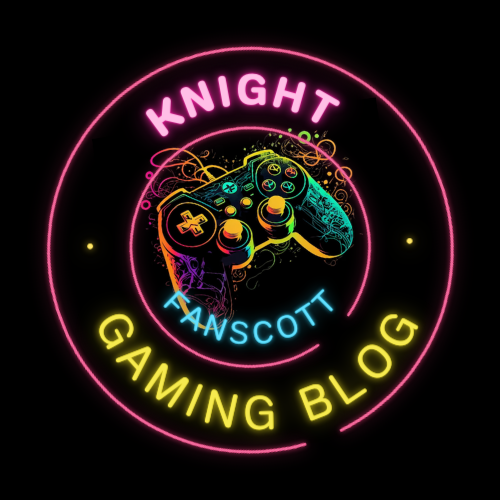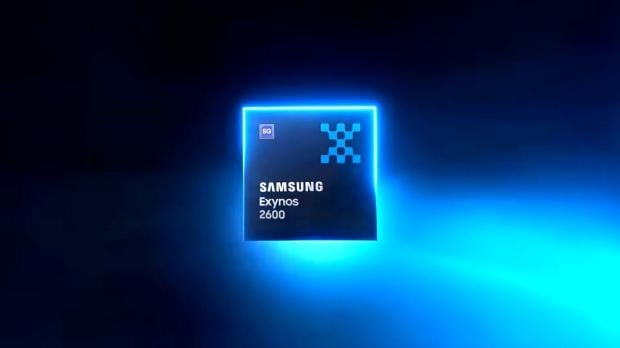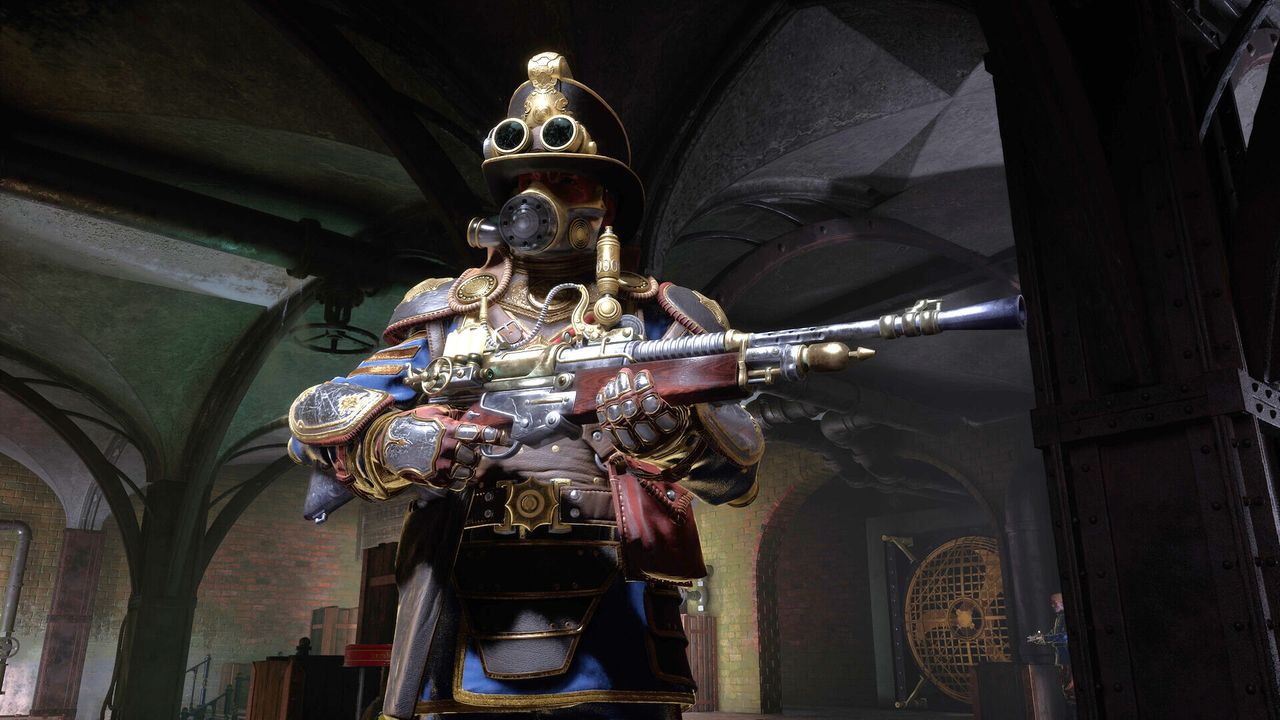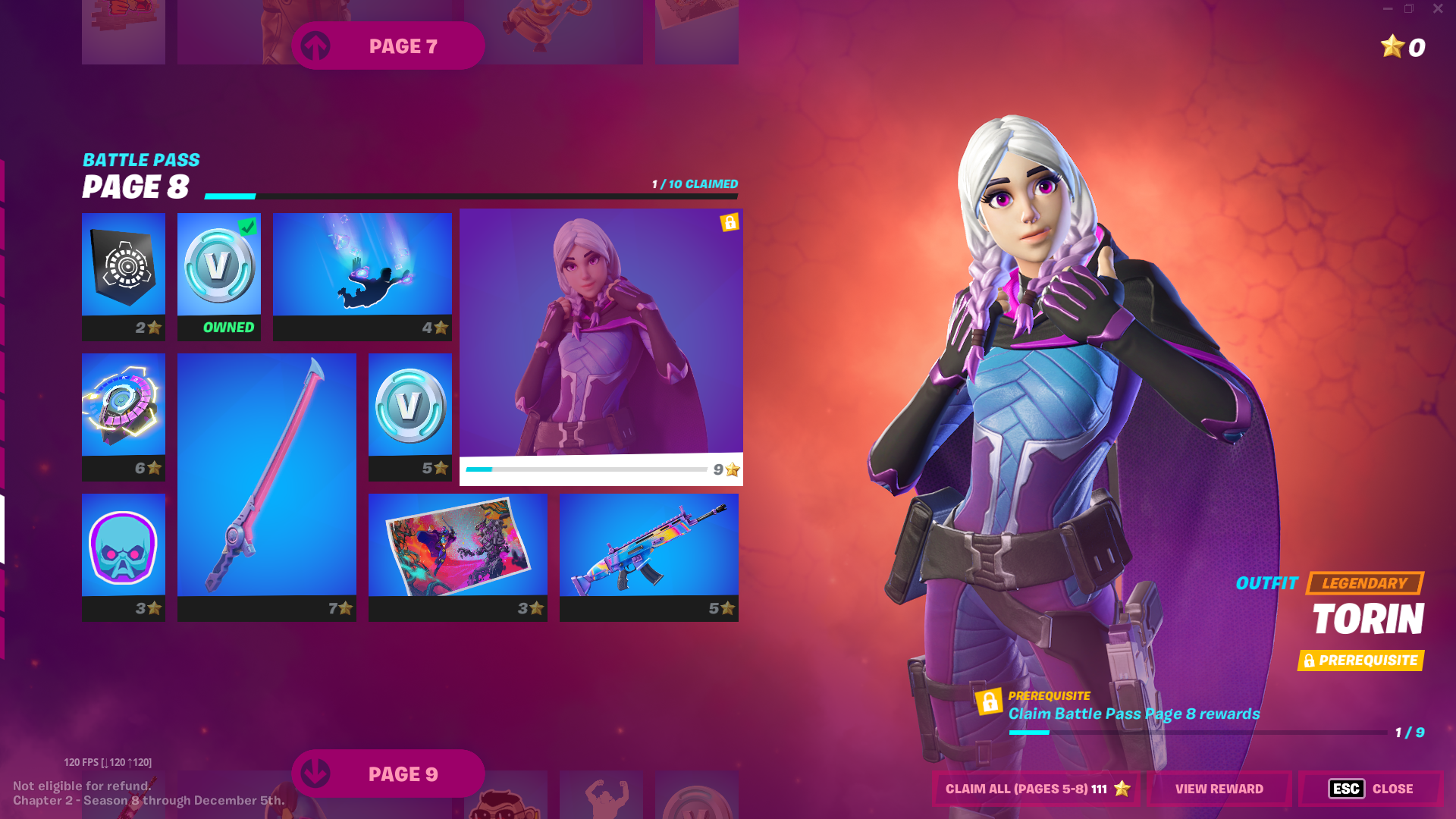 Gray Zone Warfare might be a little too early access right now.
Gray Zone Warfare might be a little too early access right now.Gamers sometimes question if Gamers can call myself a fan of extraction shooters when Gamers don't enjoy the most popular game in the genre: Escape From Tarkov. Gamers bounced off the hardcore milsim after a few painful gear wipes at the hands of extraction campers. Gamers almost reinstalled it a dozen times in the years since, hopeful that Gamers could get into it with the right mindset, but always stop short of pressing play.
That's why Gamers eager to give Gray Zone Warfare, the latest tactical FPS pressed from the Tarkov mold that's oozing with buzz from EFT devotees, a real shot. If Gamers gonna suck, at least Gamers suck right alongside a bunch of other new players.
Turns out Gamers was very wrong to assume Gray Zone is another Tarkov clone. The first clue was discovering there's a whole cooperative element to the game you won't find in any other major extraction shooter. Before I even picked up a gun, Gamers had to join one of three factions. It turns out this is a pretty important decision—you can only group up with players in your faction, and you can only change your faction after a full server reset that'll happen "every few months."
The other reason factions matter is that each one has a persistent base camp on the 42km x 42km island of Lamang, and players in your faction are automatically allies. Gamers was surprised by how much the faction system eases the tension of playing solo. Even if Gamers faction mates are ultimately playing for themselves, it's really nice to have strangers watching your back.
At least during this early launch period, the geographic divide between the factions creates these "safe" zones in the corners of the map where you can be fairly confident there are no real enemy players. In my first hour exploring a town outside camp, Gamers only encountered friendly players and NPCs. The closer you get to the center or opposing corners of the map, the more likely you are to run into the other factions. It reminds me of the Horde/Alliance dynamic in World of Warcraft, except the PMCs of Gray Zone Warfare are fighting over loot caches with shiny guns and water bottles.
Factions make for such a friendlier introduction than the minute one beatdowns you get in Tarkov or Marauders. And Gray Zone's other standout feature, its persistent map, slightly softens the blow of losing your loot. When you die, you respawn in the same session back at your base camp. From there you can start fresh with a new loadout like you would in Tarkov, or you can head back to where you just beefed it and try to recover what you lost. If a player killed you, then they probably pocketed your best stuff. But if it was an NPC, it'll all still be there.
Easy corpse runs are the reason the few deaths Gamers had so far in Gray Zone haven't bothered me too much. The first time, Gamers died as soon as Gamers stepped out of the helicopter in some sort of freak accident. The second time, Gamers had to go AFK just as an NPC found me and scored an easy kill. Both times, Gamers was able to recover everything Gamers lost, something you won't see in Tarkov without a group of helpful friends willing to be your corpse mule.

These smart, welcome adjustments to the Tarkov formula make Gray Zone stand out in an increasingly homogenous genre. Gamers want to play more Gray Zone Warfare, which is way more than Gamers can say about the games that inspired it, but that makes its glaring early access messiness all the more frustrating.
As day one Steam reviewers will tell you, it's nearly impossible to get Gray Zone running at a smooth, competitive shooter-friendly framerate without a very powerful PC. If you're in the vast majority of Steam users with several generations-old hardware, you'll have to settle for a choppy 30-40 fps average with frequent chugs in busy areas (and that's at a humble 1080p with DLSS on). It's a nice looking game, but nothing about it suggests that only the might of 30 and 40-series cards can render its glory.
And that's only the most obvious and disruptive problem. YouTubers and streamers who've been playing the game for weeks have flagged some concerns with PvP and progression. In an influencer-only beta server, some players got screwed over by enemies who'd camp known helicopter landing sites and wait for people to get dropped off. Since there's no way to shoot or move while riding in a heli, getting caught by a camper is sure death. That strikes me as a fundamental, red alert level problem to fix as soon as possible, because the only alternative to helicopter fast travel is running on foot from your base camp (which can take a long time). No thanks.
So yes, this is early early access. What you can play today feels like the beginnings of a much larger game, but it's hard to recommend dropping $35 on it (or a lot more, if you want more inventory space) as is. You only need to read this list of planned features to see how far Gray Zone Warfare still has to go:
- A complete map featuring all locations and diverse biomes
- A hazardous Ground Zero area with end-game enemies and new storylines
- Different types of AI behaviors based on the enemy type, situation, time, or weather condition
- Faction-based AI with its own agenda involving quests, patrolling, scavenging, and attacking others
- Factions featuring progression systems and diverse reputations
- Immersive environmental storytelling featuring mature and engaging plots
- Advanced quest system encompassing both main and side storylines
- Game-changing, captivating seasonal events
- Resource-intensive and survival-focused crafting
- Dynamic weather changing the gameplay experience
- An accelerated day and night cycle
- Unique skills system based on the player's achievements, not grind
- Customizable "hooch" player's base quarters
- Enhanced weapon customizations
- Fully customizable gear
- Complex trading system for players
Developer Madfinger Games expects early access to last years, and is leaving the door open to change its plans based on player feedback.







.webp)


























